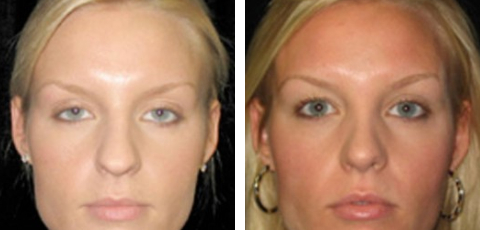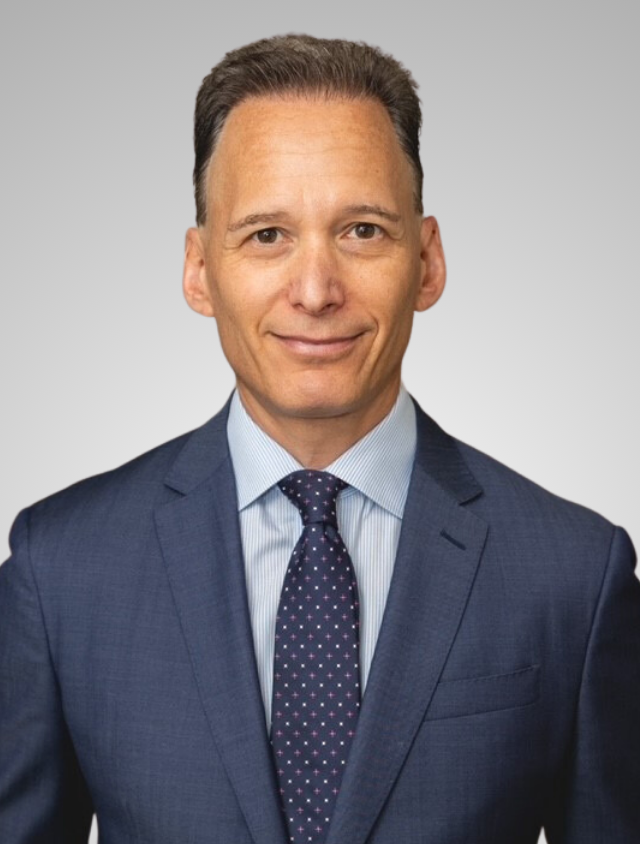
Reclaim Your Comfort:
Expert Pilonidal Cyst Removal at The Plastic Surgery Center

Overview
Summary
Surgical Options
The choice of surgical option depends on the size and severity of the cyst, the likelihood of recurrence, and the patient's overall health. Our team will discuss the available options and recommend the most appropriate approach based on your individual circumstances. There are several common surgical options for removing a pilonidal cyst, each with its own advantages and considerations:
- Incision and Drainage (I&D): This procedure involves making a small incision to drain the pus and fluid from the cyst. While this method provides immediate relief from symptoms, it may not prevent recurrence and often requires additional treatment.
- Excision and Primary Closure: In this approach, the entire cyst and surrounding tissue are surgically removed, and the wound is closed with stitches. This method is effective for preventing recurrence and promoting faster healing but may be associated with a longer recovery time.
- Excision with Open Healing: Similar to excision and primary closure, this method involves removing the cyst and surrounding tissue, but the wound is left open to heal from the inside out. While it may result in a longer healing process and require more extensive wound care, it reduces the risk of infection and recurrence.
- Flap Procedures: Flap procedures involve using nearby tissue to cover and repair the wound after cyst removal. This technique is often used for complex or recurrent cases and may result in better wound healing and cosmetic outcomes.
Candidate?
- Recurrent Infections: Frequent infections causing pain and discomfort.
- Persistent Symptoms: Ongoing pain, swelling, or drainage not improving with conservative treatment.
- Chronic or Complex Cysts: Large, deep, or multiple cysts requiring surgical intervention.
- Failed Non-Surgical Treatments: When antibiotics or drainage fail to resolve the cyst.
- Lifestyle Interference: Cysts limiting daily activities or causing significant discomfort.
- Increased Risk of Complications: Higher risk due to cyst size or location.
- Patient Preference: Those seeking a definitive solution to prevent recurrence.

Consultation
Consultations for fat grafting are available at all Plastic Surgery Center locations. The best surgical plan for you will depend on various personal and medical factors. With this in mind, our world-class surgeons will review your medical history and discuss your ideal surgical outcomes to make personalized recommendations. We can also provide simulated images of your desired results with computer-assisted technology.
Questions
about this procedure?
What to Expect
At The Plastic Surgery Center, pilonidal cyst removal is typically performed as an outpatient procedure under local or general anesthesia, depending on the complexity of the case and the patient's preference. The surgeon will make a small incision to remove the cyst and any surrounding infected tissue, ensuring the entire tract is eliminated to reduce the risk of recurrence. The wound may be closed with sutures, or in some cases, left open to heal from the inside out, which helps prevent infection.
After the procedure, patients can expect some discomfort, which is usually managed with pain medication. Most individuals can return to light activities within a few days, but full recovery may take a few weeks, especially if the wound is left open to heal naturally. The Plastic Surgery Center provides detailed post-operative care instructions, including wound care and follow-up appointments, to ensure a smooth recovery and the best possible results.
Recovery &
Results
Recovery
The recovery process after pilonidal cyst removal at The Plastic Surgery Center typically involves a few days of rest, with patients advised to limit physical activities, especially those that involve prolonged sitting or strenuous movement. Discomfort and swelling are common in the first few days and can be managed with prescribed pain medication. If the wound is left open, daily wound care is essential, including regular cleaning and dressing changes to promote healing and prevent infection. For closed wounds, stitches are usually removed after one to two weeks, depending on the surgeon's instructions. Patients are encouraged to follow up with their healthcare provider to monitor their healing progress.
Results
Most individuals can expect a gradual return to normal activities within a few weeks, with complete healing taking several weeks to a few months, depending on the wound's size and the healing process. The results are generally positive, with most patients experiencing significant relief from the pain and discomfort caused by the cyst. The procedure also significantly reduces the likelihood of recurrence when the cyst and surrounding tissue are entirely removed. However, it's important to follow post-operative care instructions carefully to ensure the best outcome and minimize the risk of complications.
Our Gallery






Surgeons
The expert surgical team at The Plastic Surgery Center has extensive experience performing pilonidal cyst excisions. Our world-class surgeons, recognized for their exceptional skills and innovative techniques, combine artistry and precision to deliver natural-looking results in our state-of-the-art facilities, ensuring you receive the highest standard of care.

Hamid Abdollahi
MD, FACS
Russell Ashinoff
MD, FACS
Kari L. Colen
MD, FACS
Patrick Greaney
MD, FACS
Ritwik Grover
MD, FACS
Sean Herman
MD, FACS
Zuhaib Ibrahim
MD, FACS
Matthew Kaufman
MD, FACS
Ahmed Nasser
MD
Robert T. Nevitt III
MD
Tushar Patel
MD, FACS
Michael Rose
MD, FACS
Adam Saad
MD, FACS
Tzvi Small
MD, FACS
Hakan Usal
MD
Lauren Otaguro
MDFinancing & Insurance
Pilonidal cyst excision is often covered by insurance if it is for medical reasons. If you want to learn more about estimated costs and coverage, don't hesitate to contact our dedicated support staff at 833-615-2621.
Pilonidal Cyst Excision Near Me
Financing & Insurance
Plastic surgery is an investment. Our dedicated staff is happy to help patientsnavigate insurance coverage and understand the costs and financing of care.

Request a Consultation
Don't let pilonidal cysts cause you discomfort. Schedule a consultation at The Plastic Surgery Center today to have our expert surgeons evaluate your case and provide personalized care for safe, effective excision.







